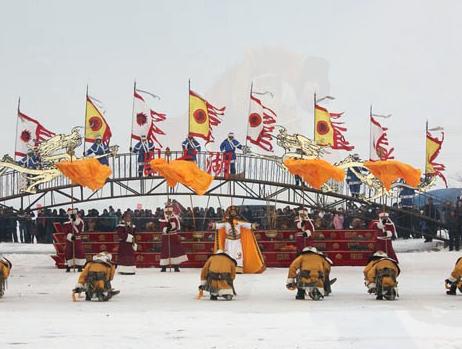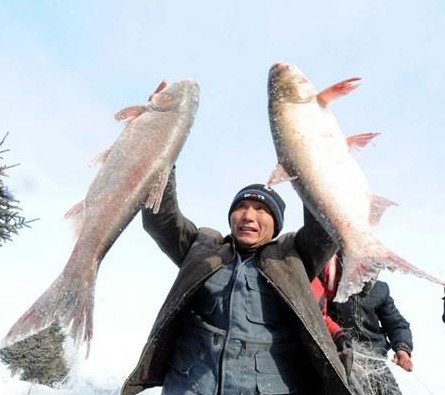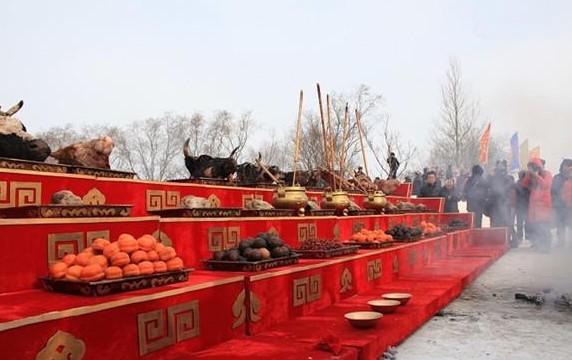
The festival features activities such as the ancestor-worship celebration of the Liao Dynasty, the lake-worshipping to ensure an ample first batch of fish, the hooking of the fish in nabo (an iced wooden house and a temporary camp used by the Liao emperors during their nomadic lives) and the tasting of fish heads. These activities are the remainders the Liao Dynasty fishing activities, which have in modern times again become a phenomenon of the winter tour of northern China.

On the banks of the Liao River, a principal river in northeastern China (1,430km-long), lies the Wolong Lake Nature Reserve which has preserved the thousand-year-old fishing and hunting culture of the Liao. There are also ancient ruins in Kangping County, where man could find the only road to Beijing during the Liao Dynasty.
Winter fish-catching is a popular tradition in northern China, especially along the Liao, Songhua, and Heilongjiang River Areas. When the net falls down, thousands of fish jump up out of the icy surface and swish their tails. This extraordinary scene remains an important cultural continuity to this day.

People start their winter fish-catching by digging holes in the ice at intervals of eight or nine meters. After digging about 100 holes for one net, people then stick the poles and track cables down the holes. As the net is so large -- about four or five meters wide , it requires horses to be pushed forward. The net-casting process can last for about eight or nine hours.


Horses are also needed when hauling in the net. The net, now fully stocked with fish, is dragged onto the surface from the one-meter-wide and two-meter-long holes. Fishermen then bag the fish as they haul in the net.





